Description
Introduction
Amodis is an antibiotic medicine that helps your body fight infections caused by bacteria and parasites. It is used to treat infections of the liver, stomach, intestines, vagina, brain, heart, lungs, bones and skin. Amodis helps prevent an infection after surgery. It is also used in the treatment of dental infections, leg ulcers and pressure sores. This medicine is best taken after eating some food. It should be taken at the same time each day to get the most benefit. The amount you are advised will depend on what you are being treated for and how bad it is, but you should take this antibiotic exactly as prescribed by your doctor. Your symptoms may get better after a short time but do not stop taking it until you have finished a full course of treatment, even if you feel well. If you stop taking it early, some bacteria may survive, and the infection may come back. Do not drink any alcohol while taking this medicine and for a few days after stopping it. Otherwise, you may get unpleasant side effects like nausea, vomiting and stomach pain. The most common side effects of this medicine are headache, dryness in mouth, nausea, and a slight metallic taste in the mouth. These are usually mild but let your doctor know if they bother you or last more than a few days. You can try using sugarless candies or lozenges to overcome any dryness or metallic taste in the mouth. Before using this medicine, inform your doctor if you are allergic to any medicine or have any kidney or liver problems or any disease of the nervous system. Your doctor may change the dose or prescribe a different medicine. If you are pregnant or breastfeeding, inform your doctor before taking this medicine.
Uses of Amodis
- Bacterial infections
- Parasitic infections
Side effects of Amodis
- Headache
- Dryness in mouth
- Nausea
- Metallic taste
How to use Amodis
Take this medicine in the dose and duration as advised by your doctor. Swallow it as a whole. Do not chew, crush or break it. Amodis is to be taken with food.
How Amodis works
Amodis is an antibiotic. It kills the bacteria and other microorganisms that cause infections by damaging their DNA.
What if you forget to take Amodis?
If you miss a dose of Amodis, take it as soon as possible. However, if it is almost time for your next dose, skip the missed dose and go back to your regular schedule. Do not double the dose.
 Quick Tips
Quick Tips- Amodis treats infections caused by bacteria and parasites.
- It may cause side effects like nausea, stomach upset, and a metallic taste in the mouth.
- Amodis used in a high dose or for a prolonged time increases the risk of side effects such as nerve damage. Take it only as prescribed by your doctor.
- Do not drink alcohol during or for 2-3 days after treatment with this medicine. You may develop nausea, vomiting, flushing and headache.
- Inform your doctor if you have liver disease. Your dose may need to be adjusted in severe liver disease.
 Brief Description
Brief DescriptionIndication
Pneumonia, Giardiasis, Peptic ulcer disease, Peritonitis, H. pylori infection, Rosacea, Septicemia, Endometritis, Aspiration pneumonia, Lung abscess, Empyema, Bone and Joint Infections, Surgical Prophylaxis, Amoebiasis, Bacterial vaginosis, Balantidiasis, Blastocystis hominis infection, Trichomoniasis, Acute dental infections, Acute necrotising ulcerative gingivitis, Anaerobic bacterial infections, Antibiotic-associated colitis, Fungating tumours, Leg ulcers and pressure sores, Diverticulitis, Diabetic foot ulcer, Meningitis and brain abscesses, endocarditis
Administration
Susp: Should be taken on an empty stomach. Take at least 1 hr before meals. Tab: Should be taken with food. Reconstitution: Add 4.4 mL of sterile or bacteriostatic water for inj, NaCl 0.9% inj, or bacteriostatic NaCl inj to a vial labeled as containing metronidazole 500 mg. The resultant soln contains approx 100 mg/mL and must be further diluted w/ NaCl 0.9% inj, dextrose 5% inj, or lactated Ringer’s inj to a concentration of 8 mg/mL or less. The reconstituted and diluted soln must then be neutralised by adding approx 5 mEq of Na bicarbonate inj for each 500 mg.
Adult Dose
Oral Child: PO 30–50 mg/kg/day q8h Amoebiasis Adult: 800 mg tid for 5 days (intestinal infection); 5-10 days (extra-intestinal infection). Max: 2.4 g/day. Trichomoniasis Adult: 2 g as a single dose, 200 mg tid for 7 days or 400 mg bid for 5-7 days. Sexual partners should also be treated. Repeat treatment 4-6 wk between courses as necessary. Giardiasis Adult: 2 g once daily for 3 days, 400 mg tid for 5 days or 500 mg bid for 7-10 days. Bacterial vaginosis Adult: 2 g as a single dose or 400 mg bid for 5-7 days. Acute necrotising ulcerative gingivitis Adult: 200 mg tid for 3 days. Anaerobic bacterial infections Adult: Initially, 800 mg followed by 400 mg 8 hrly. Alternatively, 7.5 mg/kg 6-8 hrly. Max: 4 g/day. Duration of treatment is usually for 7 days depending on the severity of infection. Prophylaxis of postoperative anaerobic bacterial infections Adult: 400 mg 8 hrly 24 hr prior to surgery followed by post-op IV or rectal admin until oral therapy is possible. Eradication of H. pylori associated with peptic ulcer disease Adult: 400 mg bid in combination w/ another antibacterial and a PPI or 400 mg tid, if given w/ omeprazole and amoxicillin. Initial treatment is given for 1 wk. Leg ulcers and pressure sores Adult: 400 mg tid for 7 days. Acute dental infections Adult: 200 mg tid for 3-7 days. Intravenous Children: IV 22.5–40 mg/kg/day q8h Anaerobic bacterial infections Adult: 500 mg infused as 100 mL of a 5 mg/mL soln at 5 mL/min 8 hrly. Alternatively, 15 mg/kg infused over 1 hr, followed by 7.5 mg/kg infused over 1 hr 6 hrly. Max: 4 g/day. Substitute oral therapy as soon as possible. Prophylaxis of postoperative anaerobic bacterial infections Adult: 500 mg shortly before operation and repeated 8 hrly. Alternatively, 15 mg/kg infused over 30-60 min and completed approx 1 hr before surgery, followed by 7.5 mg/kg infused over 30-60 min at 6 and 12 hr after the initial dose. Hepatic impairment: Severe: 1/3 of usual dose once daily.
Child Dose
Oral Amoebiasis Child: 1-3 yr 100-200 mg tid; >3-7 yr 100-200 mg 4 times daily; >7-10 yr 200-400 mg tid. Doses are given for 5-10 days. Trichomoniasis Child: 1-10 yr 40 mg/kg as a single dose or 15-30 mg/kg daily in 2-3 divided doses for 7 days. Max: 2 g/dose. Giardiasis Child: 1-3 yr 500 mg once daily; >3-7 yr 600-800 mg once daily; >7-10 yr 1 g once daily. Doses are given for 3 days. Acute necrotising ulcerative gingivitis Child: 1-3 yr 50 mg tid; >3-7 yr 100 mg bid; >7-10 yr 100 mg tid. Doses are given for 3 days. Anaerobic bacterial infections Child: <8 wk 7.5 mg/kg 12 hrly or 15 mg/kg once daily. 8 wk to 12 yr 7.5 mg/kg 8 hrly or 20-30 mg/kg once daily. Duration of treatment is usually for 7 days depending on the severity of infection. Prophylaxis of postoperative anaerobic bacterial infections Child: <40 wk 10 mg/kg as a single dose before surgery; <12 yr 20-30 mg/kg as a single dose 1-2 hr before surgery. Intravenous Anaerobic bacterial infections Child: 7.5 mg/kg 8 hrly.
Contraindication
History of hypersensitivity to metronidazole or other nitroimidazole derivatives. Pregnancy (1st trimester) and lactation.
Mode of Action
Metronidazole is converted to reduction products that interact w/ DNA to cause destruction of helical DNA structure and strand leading to a protein synthesis inhibition and cell death in susceptible organisms. It is active against most anaerobic protozoa, some gm+ve, gm-ve and facultative anaerobes.
Precaution
Patients with CNS diseases; discontinue IV therapy if abnormal neurologic symptoms occur. History of seizure disorder. Evidence or a history of blood dyscrasias; perform total and differential leukocyte counts before and after treatment. Severe hepatic impairment; monitor plasma levels. Predisposition to oedema (inj contains sodium). Prolonged use may result in fungal or bacterial superinfection. Excreted in human milk; not recommended
Side Effect
GI disturbances e.g. nausea, unpleasant metallic taste, vomiting, diarrhoea or constipation. Furred tongue, glossitis, and stomatitis due to overgrowth of Candida. Rarely, antibiotic-associated colitis. Weakness, dizziness, ataxia, headache, drowsiness, insomnia, changes in mood or mental state. Numbness or tingling in the extremities, epileptiform seizures (high doses or prolonged treatment). Transient leucopenia and thrombocytopenia. Hypersensitivity reactions. Urethral discomfort and darkening of urine. Raised liver enzyme values, cholestatic hepatitis, jaundice. Thrombophlebitis (IV). Potentially Fatal: Anaphylaxis.
Interaction
Concurrent use w/ disulfiram may produce psychotic reactions. May potentiate the effect of oral anticoagulants. May increase risk of lithium toxicity. May reduce the renal clearance resulting to increased toxicity of 5-fluorouracil. May increase serum levels of ciclosporin. May increase plasma levels of busulfan resulting to severe busulfan toxicity. Enhanced metabolism w/ phenobarbital and phenytoin resulting to decreased serum concentrations.


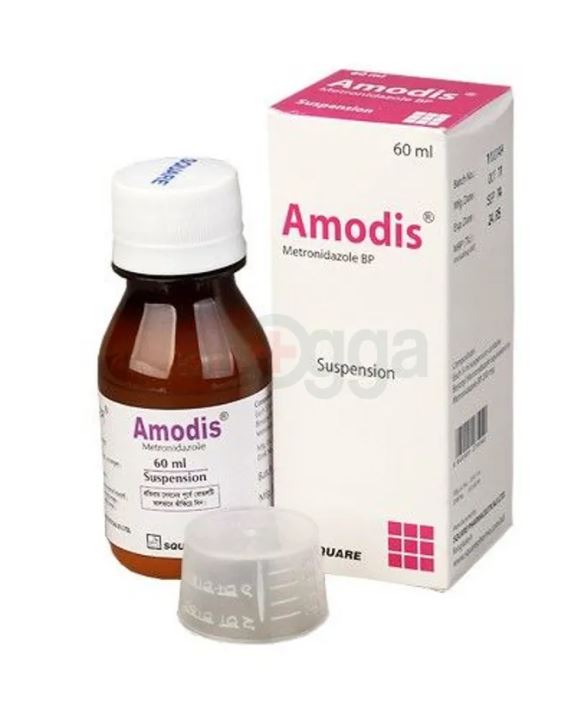
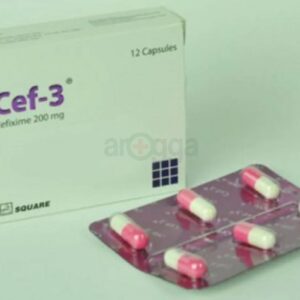

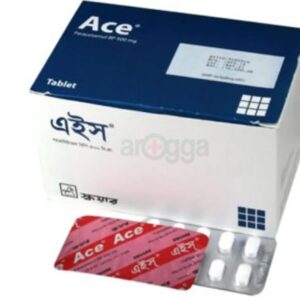
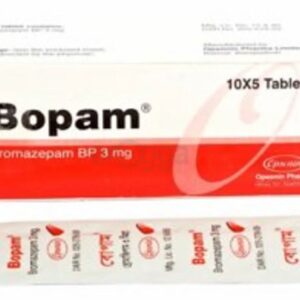
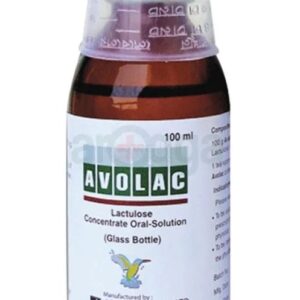
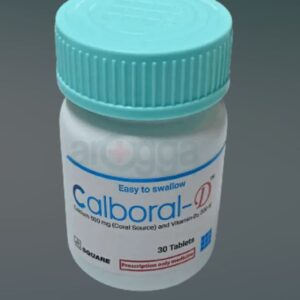
farook
4 star